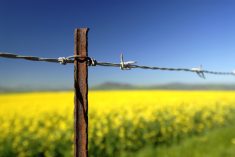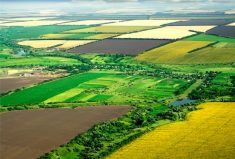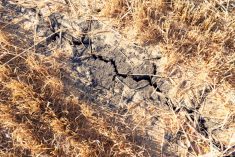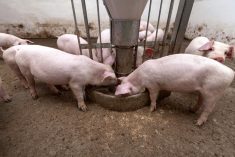The ‘climatarian’ diet promotes the elimination of beef and lamb. The original movement is based on the premise that elimination of these ruminants reduces carbon emissions. Beef and lamb, the founders claim, leave the largest carbon footprint.
Being climate conscious involves more than choosing one main point, such as carbon, and one culprit, such as ruminants. To be climate conscious, one must consider the entire ecology of food production and consider all the elements and interaction between man, plants and animals.
It is an interesting movement because it has its roots in Australia, a nation with an economic dependency on beef and lamb both domestically and for export. The red meat industry in Australia contributes more than C$15.6 billion per year to the gross domestic product. And with large areas of the country that often experience drought, the use of animals for soil stabilization is critical.
Read Also
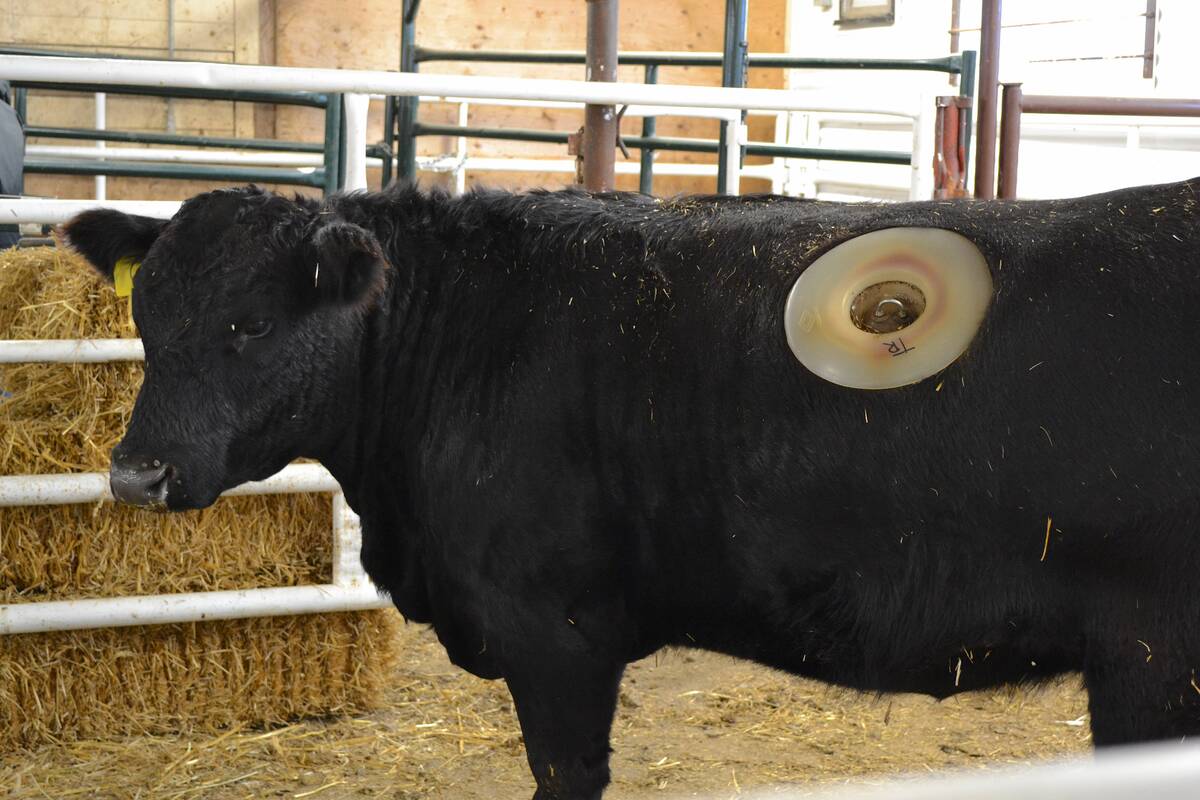
Lakeland College studying livestock wellness through cannulated heifers
Lakeland College’s Applied Research Team is working with six cannulated heifers on a handful of research projects.
More with Brenda Schoepp: What produces more waste — a feedlot or a cruise ship?
In many areas of the world, the introduction of ruminants has increased biodiversity when the intersection between animal and plant is understood.
Ruminants can promote root strength when they are managed to graze above the crown of the plant. This leaves robust carbon capture units in the healthy roots that retain water and in the remaining leaves above ground for photosynthesis, with the manure contributing valuable nutrients.
It is when it is done wrong that the wheels fall off the bus.
Excessive grazing, water contamination and total deforestation are the culprits in what could have been an otherwise balanced existence that contributes to sequestration.
Grazing animals can be managed and land restored with the appropriate knowledge and practices. For housed and penned food animals, the goal is to contribute as much back to the soil for the growth of plants needed for feed and to close the loop in terms of production practices, such as water treatment for reuse.
An alternate core principle of the climatarian diet is to eat lower impact meats and to use all the meat parts to avoid food waste. It takes us back to the farm where this is still commonly done, with full animal use from ox tail to head cheese.
[RELATED] Canadian Cattlemen: Curbing methane emissions will take a team effort
However, promoting full use does not translate into public appreciation for the taste and texture of certain foods nor do many people have the training to utilize a full carcass. In reality, Canadians often stay with what is familiar, which is the same cuts in the same package that is trashed the same way.
There is a diversity of cultures in this world that include those in which financial and religious needs influence choices. It is difficult and culturally inappropriate to promote a diet for the general public when there are many who depend on access to red meat (from head to tail) for survival and nutrition. Not all are privileged and can access affordable food choices.
When it comes to food waste, advocates for the diet are focused on the use of animal parts, but the majority of food waste in Canada occurs ‘at the plate.’
It is all the food thrown away after preparation in homes, and all places where food is consumed. In other areas of the world, it may differ and many countries suffer food waste in the field or in transport from a lack of infrastructure or interruption due to conflict.
Regardless of where food is wasted, there is a need for political and public awareness and training that works toward a goal of policy and behavioural change.
Eating drought-hardy crops is also promoted in the climatarian diet but there is little information available to tell consumers what a drought-resistant food crop looks like. The truth is that in a plant-based diet, folks still often focus on food choices such as leafy greens, which are huge consumers of water and do little to sequester carbon because of their short lifespan.
As an alternative, there is renewed interest in perennials, the original source of plant life on Earth. It bears consideration in terms of carbon sequestration, soil and water health, but will be a challenge in terms of seed discovery and reduced production for the first couple of years.
If there is one aspect of the climatarian diet that can be employed right away (and be a heavy influencer in the future of food availability and affordability), it is encouragement to buy local.
For those in remote areas, seasons rule and local might be food from Canada, while other parts of the country could have access to food from their local area nearly year-round.
The premise in buying local is to shorten the food supply chain, right from the producer to the plate. If the focus of a climatarian diet is on carbon emissions, then start there.
Buying local is the first and most powerful way to reduce greenhouse gas emissions. So encourage shorter supply chains, revive cultural preferences, grow local economies, inspire future food policy and influence retailers to feature local fresh and processed products.
True climate consciousness starts with the buying power at home.




